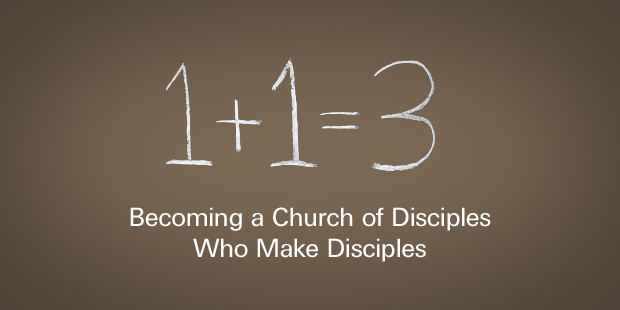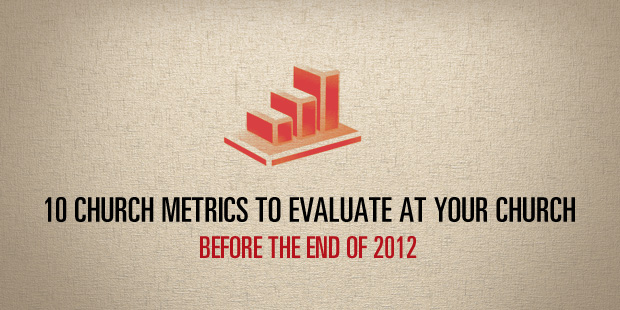
How to Disciple Students at Your Church
Every year my wife and I sit at high school graduations and watch our students walk across the stage as they transition into another phase of life. Every year I wonder, Will this student be swept away by the culture of the world in college, or will he/she change the culture around them as they live out the gospel? That’s the job God has called us to. So how do we present these students mature in Christ? You already know the answer (discipleship), but how? Such faith-spurring relationships don’t just happen. As much as we want to be organic, leaders must have a plan to make sure discipleship happens on a ministry- or church-wide basis.
Here are five ways of how to implement a culture of discipleship in your student ministry.
#1: Don’t run solo.
Jesus didn’t just say it, he showed it. If not for Jesus pouring his time into just 12 men on the other side of the world, you and I wouldn’t follow him today. You probably can’t disciple every student under your care. You need to gather and pour into the right kind of leaders who can go and do likewise. Imagine a whole group of leaders who share the same passion and vision as you scatter around town discipling students. Do not open the door of your ministry to every volunteer in the church. Instead, gather the ones that are teachable, humble, and love the gospel. These are the ones who will follow and disciple.
#2: Don’t assume people know what discipleship actually means.
I will never forget the time I sat down with a student pastor from my hometown over lunch and watched him shed tears because for six years he failed to disciple his small group of guys. He was just glad they showed up and laughed at his jokes. He didn’t even know how to disciple. The church doesn’t need a surge of people without a plan. Many parents and youth leaders have the desire to disciple but don’t know where to begin. That’s okay, but make sure as you lead them forward that they know what to do and how to do it. Be specific. Give them a list of examples of how they can take simple steps in discipling their students.
At my church, we ask our leaders to view their Sunday school class or small group as their own little flock. The tech guy has his flock of techies, and the worship leader has his musician flock. Together we are daily praying for our flock of students. If I show up at the hospital because a student is sick, I can count on their small group leader being there, too. Most of the time our small group leaders first inform me about problems with a student. These leaders pray for their students daily, Facebook their students weekly, and—yes—even go to their activities.
#3: Meet regularly with your leaders.
If you are not meeting at least once a month with your leaders and talking over the vision in detail, more than likely your leaders are not making disciples. Or even worse, they are creating a different goal for themselves and implementing it. Communicate regularly and clearly. In my first meeting with the leaders at my current church, I told them that they would be able to walk out of the room that night knowing what we were doing and how we were doing it. All subsequent meetings would be spent talking about the same thing with some loving accountability. Some folks chuckled, but they were encouraged to know not only the vision but also the plan, which was clear, concise, and compelling.
#4: Be smart, and ask for help.
The best disciple-making churches don’t necessarily spend their time writing new curriculum. Discipleship is nothing new, but understanding your specific flock and discerning how best to minister to them can be tricky. Read your Bible, read some books, make some phone calls to other student pastors, and put together a small guide for your staff and leaders. Make sure they see on paper the goal, plan, and small practical steps they can take to disciple their students. In the last 12 years, most leaders I talk to overlook the simple details. Most of my leaders hear me ask one question on a weekly basis: “Are you praying for your students daily?”
#5: Build relationships with parents.
If you want to thrive in discipleship and not just survive, then you must talk to parents. Spending time with students comes naturally to student pastors, but parents require a different approach. Take dads out for breakfast or lunch and chat about home life. Ask how you can pray and how you can serve. Never forget parents are the primary disciple makers of their children. Learn to serve the parents if you really want to get to the heart of a child.

Tags: Discipleship, John Pond, Multiplication, Student Ministry





























